I Went for the Bears, But Found Mergansers | Northern California Nature Photographer
Every photographer dreams of that perfect shot. In this case, a bear photograph with a powerful stance, or fishing in the river, or even a wild gaze. That was my goal as I packed my gear and headed to the Taylor Creek area known for bears this time of year. The salmon were running, and the bears were hunting. But, I apparently missed their appearance and instead of capturing bears, I found something unexpected: mergansers. These sleek, crest-topped ducks stole the show, turning my trip into an engaging photographic adventure.
A Trip to Photograph Bears
It all started with a clear goal: photograph bears in their natural habitat fishing at Taylor Creek. I’d done my research, checked the location, prepped and carefully packed my gear. I was ready!
After arriving at the chosen location, I ran into a friend who was there to photograph the bears too. We chatted. We waited. No bears. Instead, we were entertained by some unexpecred mergansers. Diving. Speed swimming. Back and forth. Sometimes chasing each other. They were BUSY and so entertaining! Their antics and interactions made for some compelling images. Fortunately, the gear I’d brought for photographing the bears was perfect for the mergansers.
Wildlife is About Flexibility
This trip reinforced an important lesson: nature doesn’t always give you what you expect, but it often gives you something better or just as good. The mergansers were a reminder to embrace the unexpected. While I didn’t get my bear shot this time, I left with a gallery full of merganser magic—and a story worth telling.
Wildlife photography is as much about discovery as it is about planning. My bear photography trip may not have gone as expected, but the mergansers more than made up for it. Some of the best moments come when you’re looking for something else entirely.
I think the lesson here is to embrace whatever Mother Nature provides. Wildlife surprises are everywhere! Most importantly, get out there! You’re not going to find much nature to photograph sitting on the couch!
Have you ever found unexpected wildlife on a photography trip? Share your stories in the comments below! I’d love to read them!
Here are a few other unexpected, beautiful scenes of the day.
Tips for photographing WaterFowl:
~ Position yourself (if possible) with a clear view of the animal, sun preferably at your back if it is sunny.
~ Use a fast shutter speed. The smaller the bird, the faster the shutter should be. Small birds have quick movements. If you wish to photograph them in flight, plan on a shutter speed of about 1/2000. Hummingbirds would require an even faster speed. 1/4000 - 1/8000. Large birds like herons, owls, geese, fly at a slower speed so a slower shutter speed may suffice.
~ Overcast days are good for evening out the light, but don’t be afraid to shoot on a sunny day.
~ Early morning and late afternoon offer nice light without too much glare while the birds are a bit more active at this time.
Can’t find what you’re looking for? Use the Search option below.
* * * * * * *
As a published, featured northern California fine art photographer living in the greater Sacramento area, I specialize in fine art landscape, nature, and still life photography. My style is authentic, fresh and personality-driven. I offer several educational opportunities including workshops and photography mentoring. You can learn about them by going to SERVICES and WORKSHOPS. While currently living in rural northern California with my husband and a couple thousand walnut trees, I post regularly to Instagram.
Please CONTACT ME with any questions or to schedule your learning session.
Serving Yuba City/Marysville, East Nicolaus, Wheatland, Lincoln, Woodland, Davis, Roseville, Rocklin, and the greater Sacramento area.
(530) 633-7575
Join other advanced photographers who are recognized for their technical and creative work. Learn more HERE.











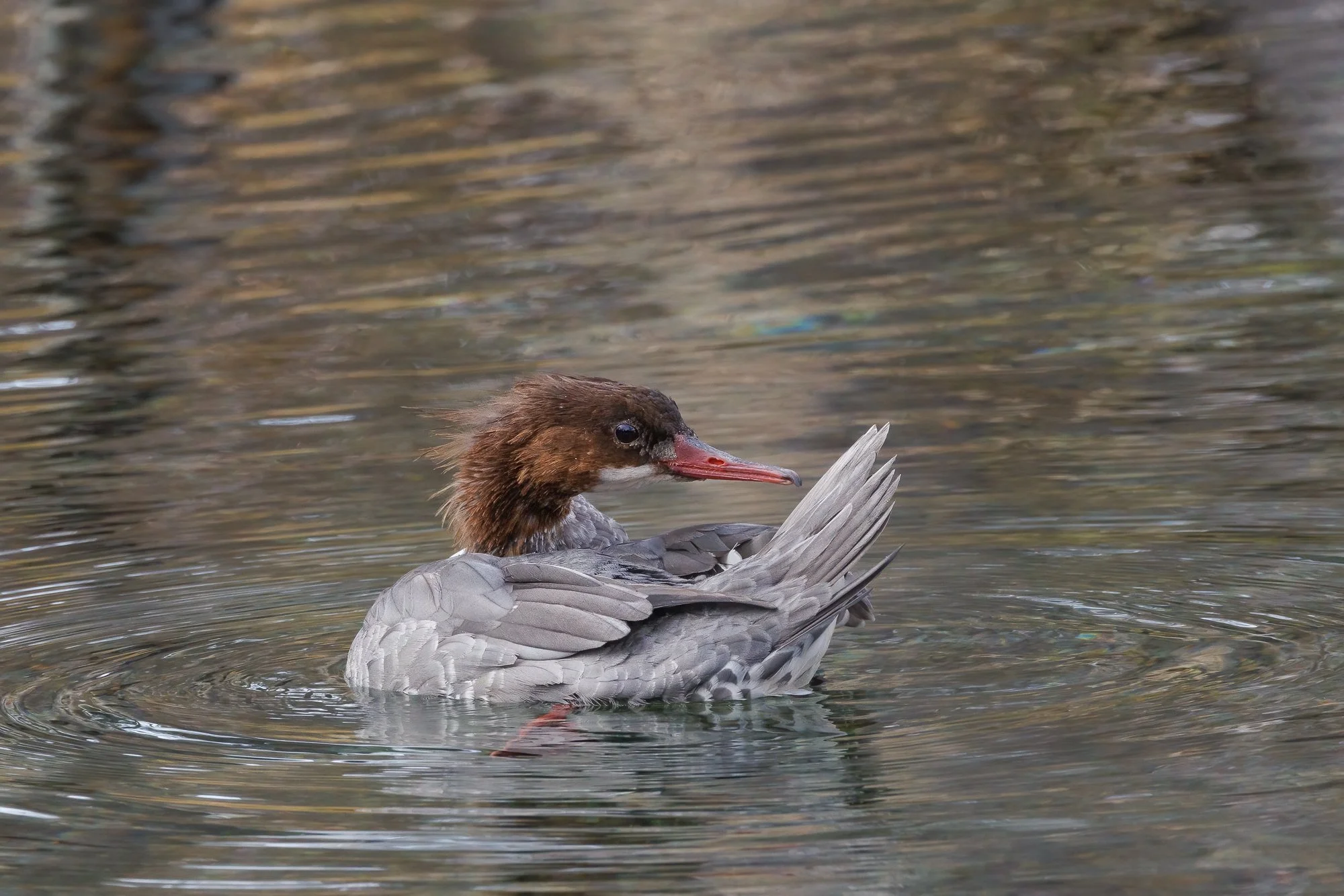





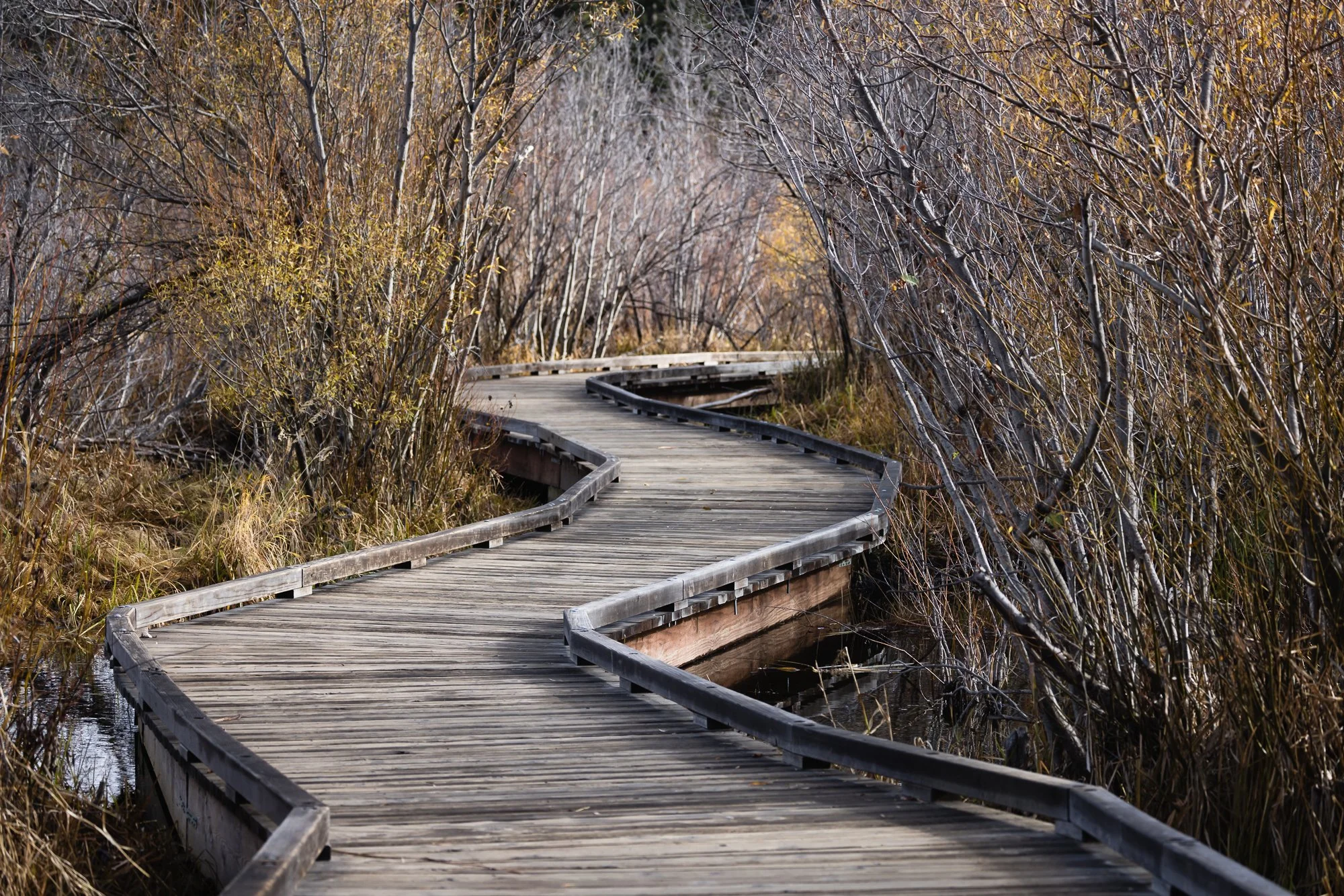
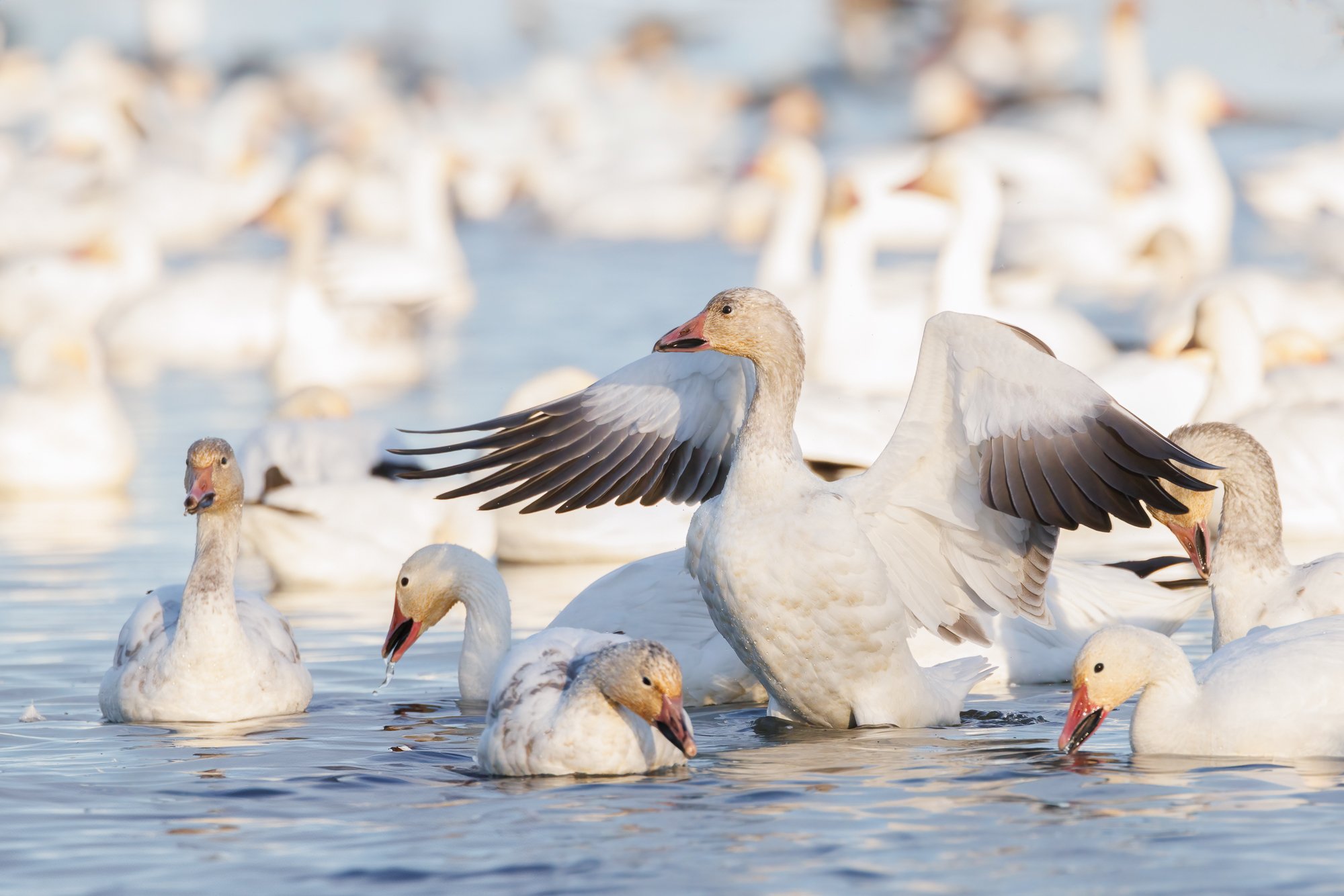
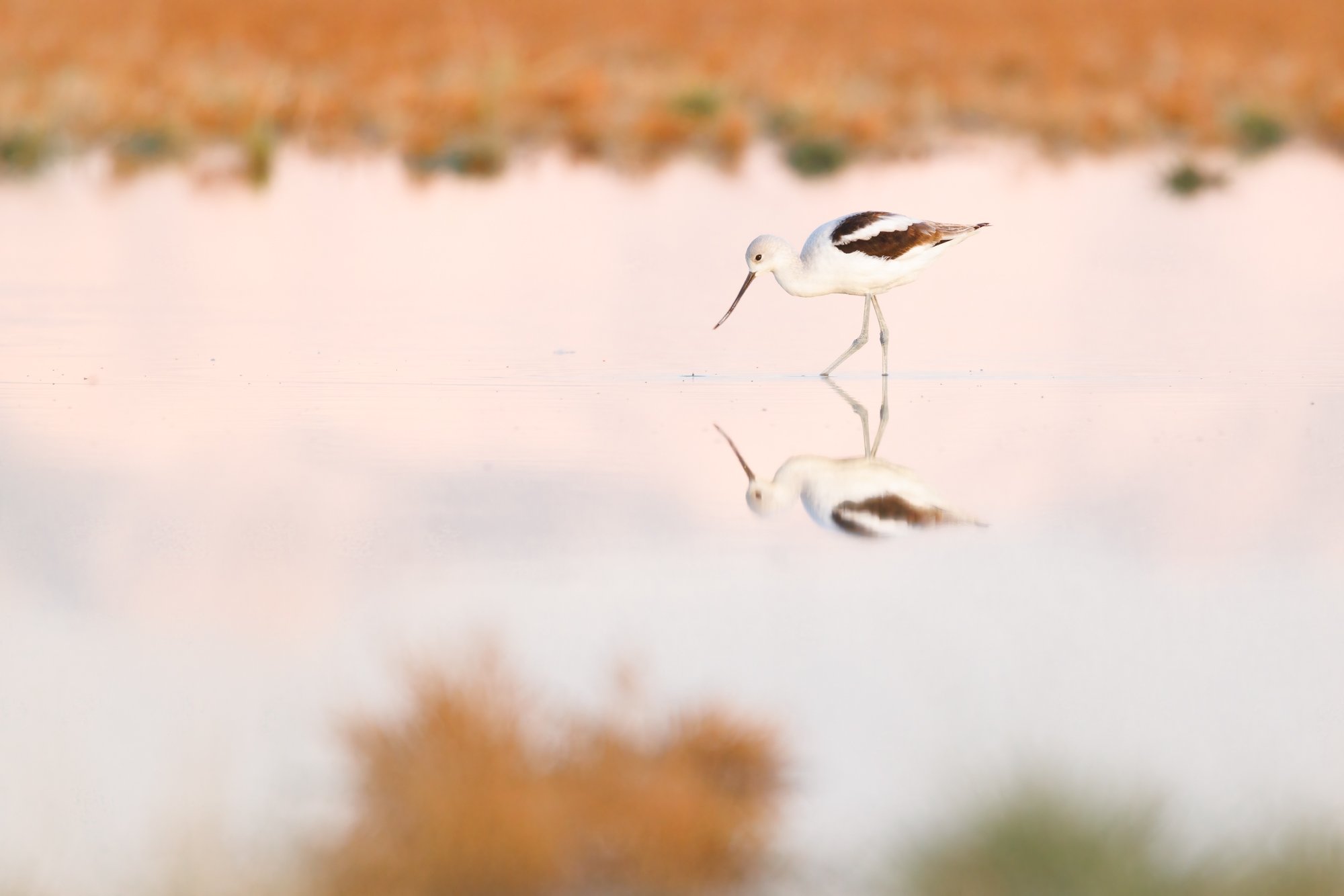


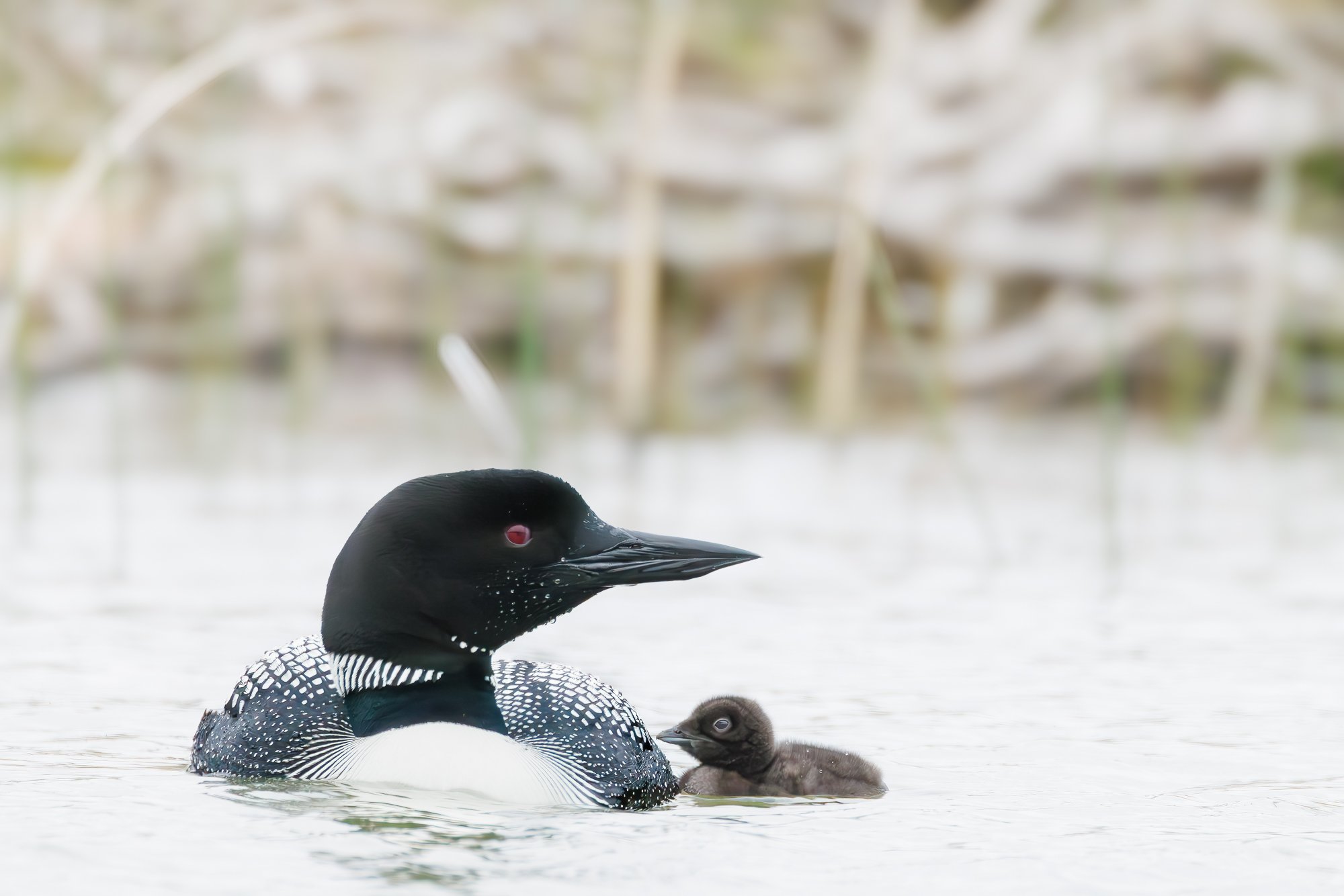

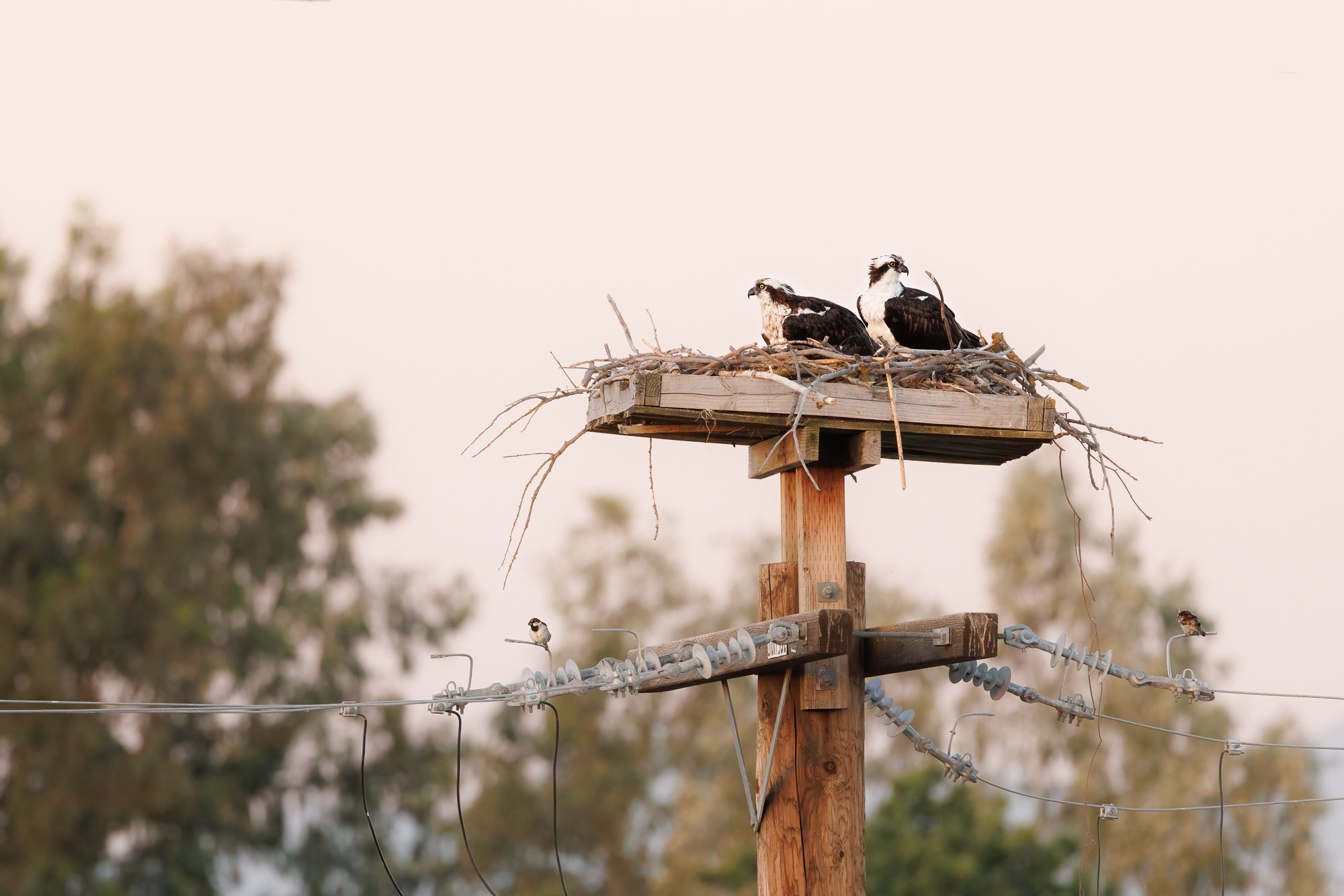
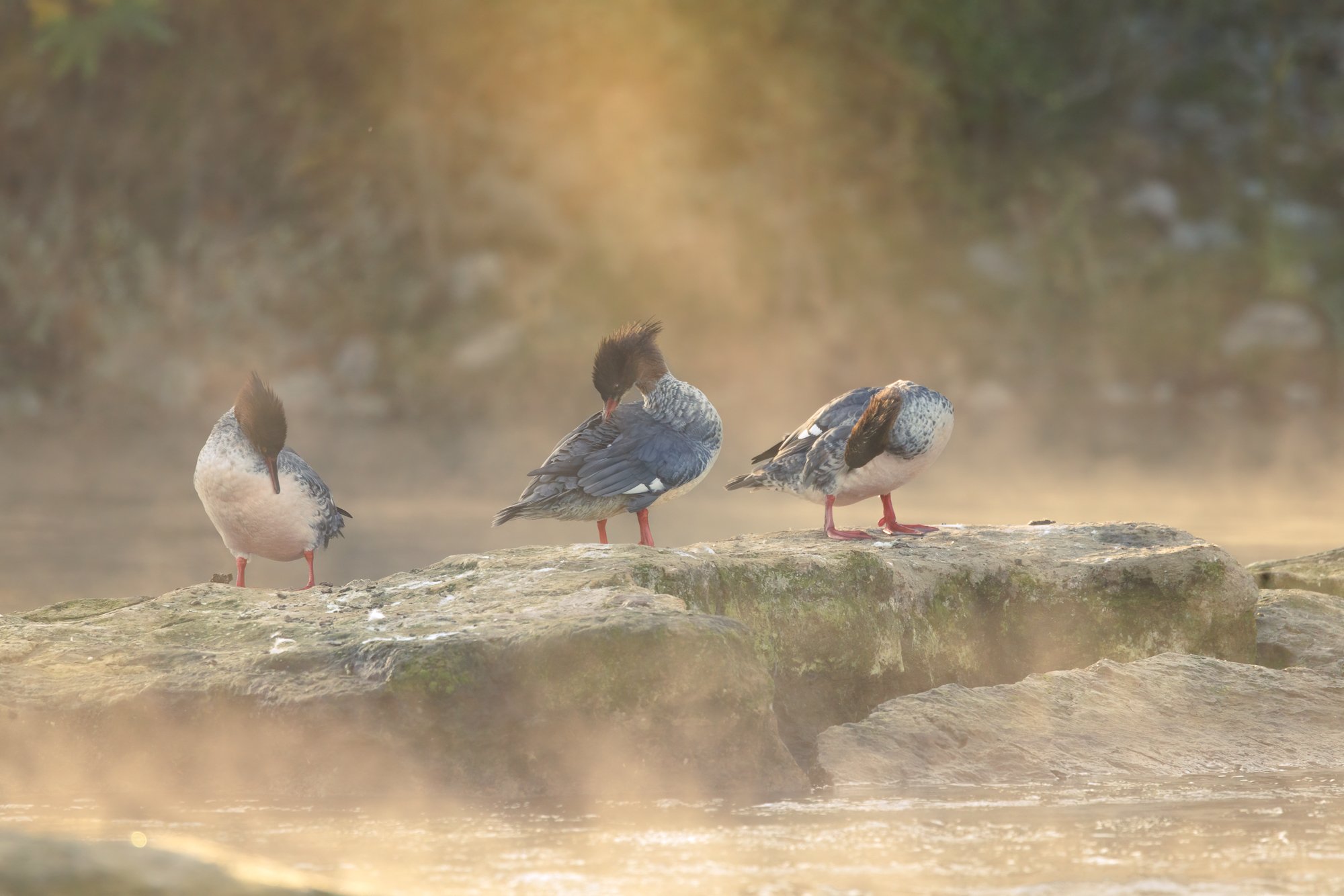

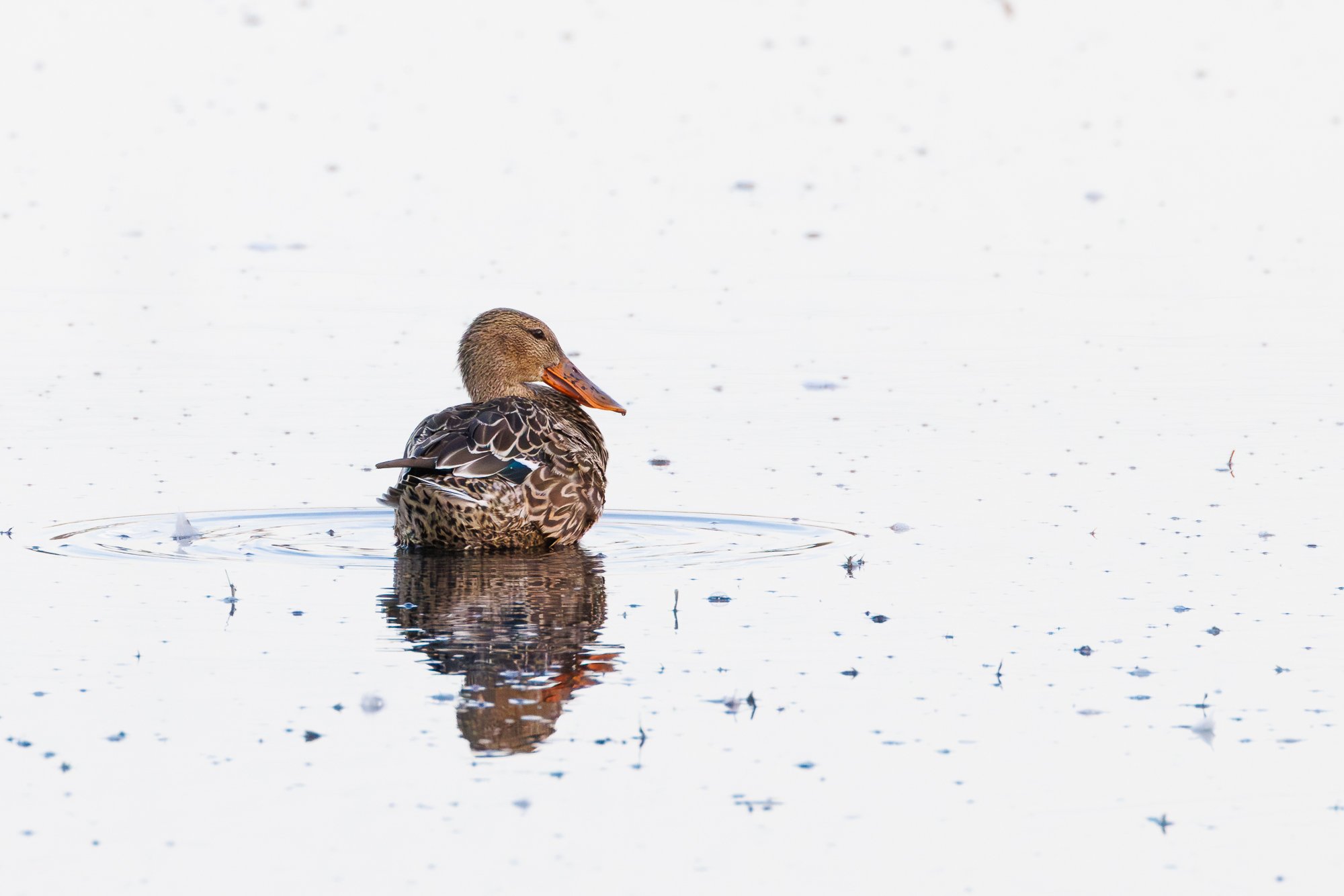
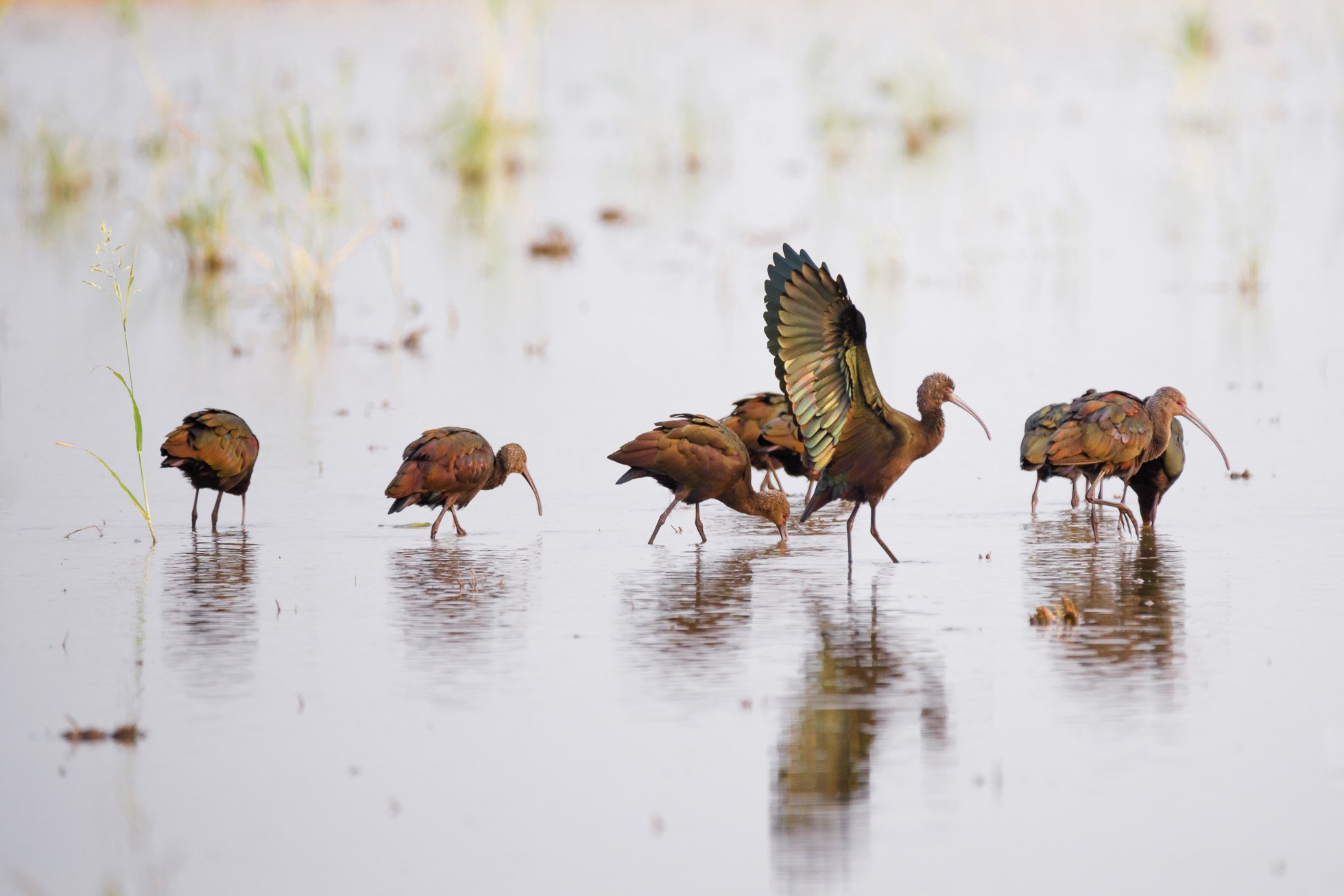

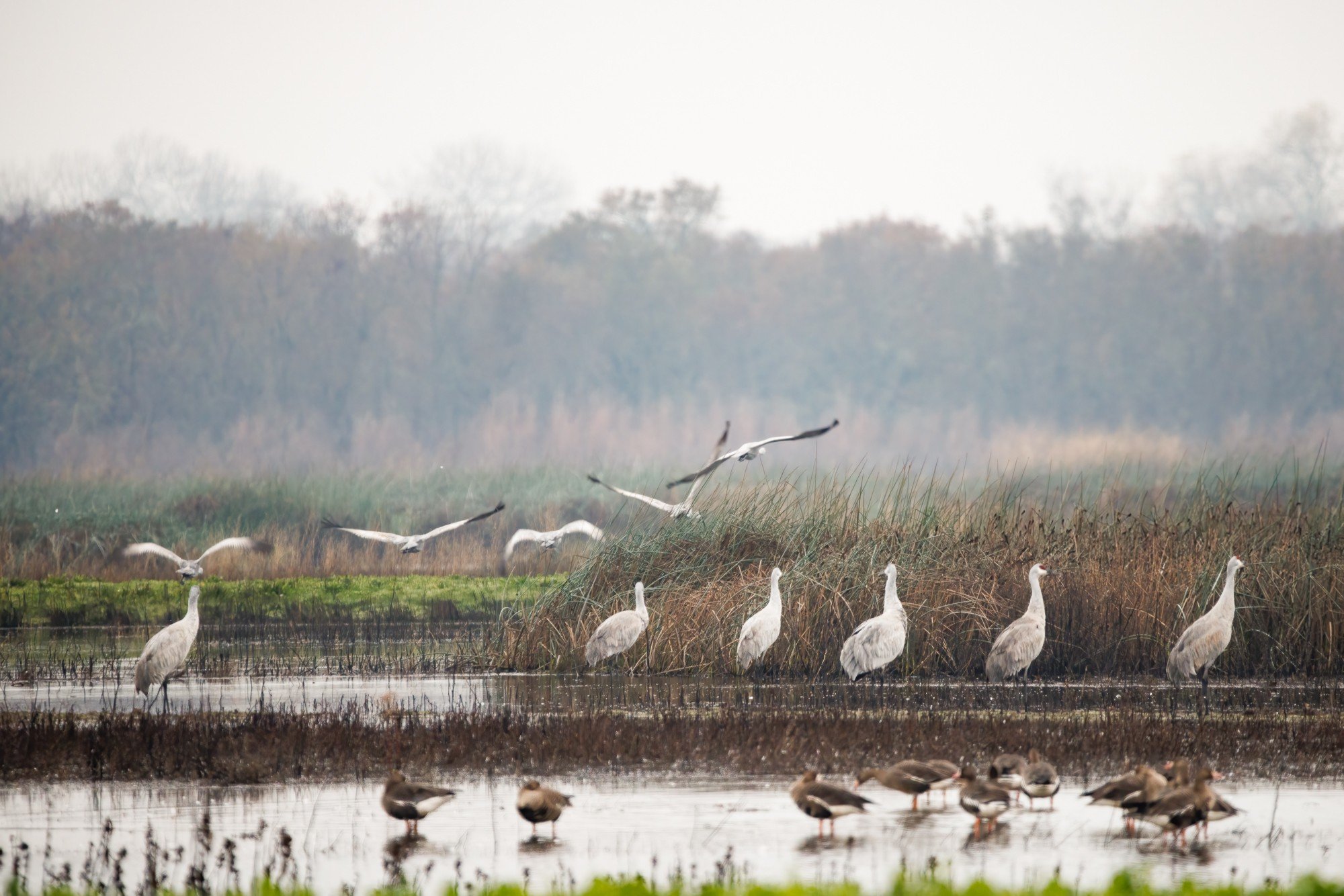
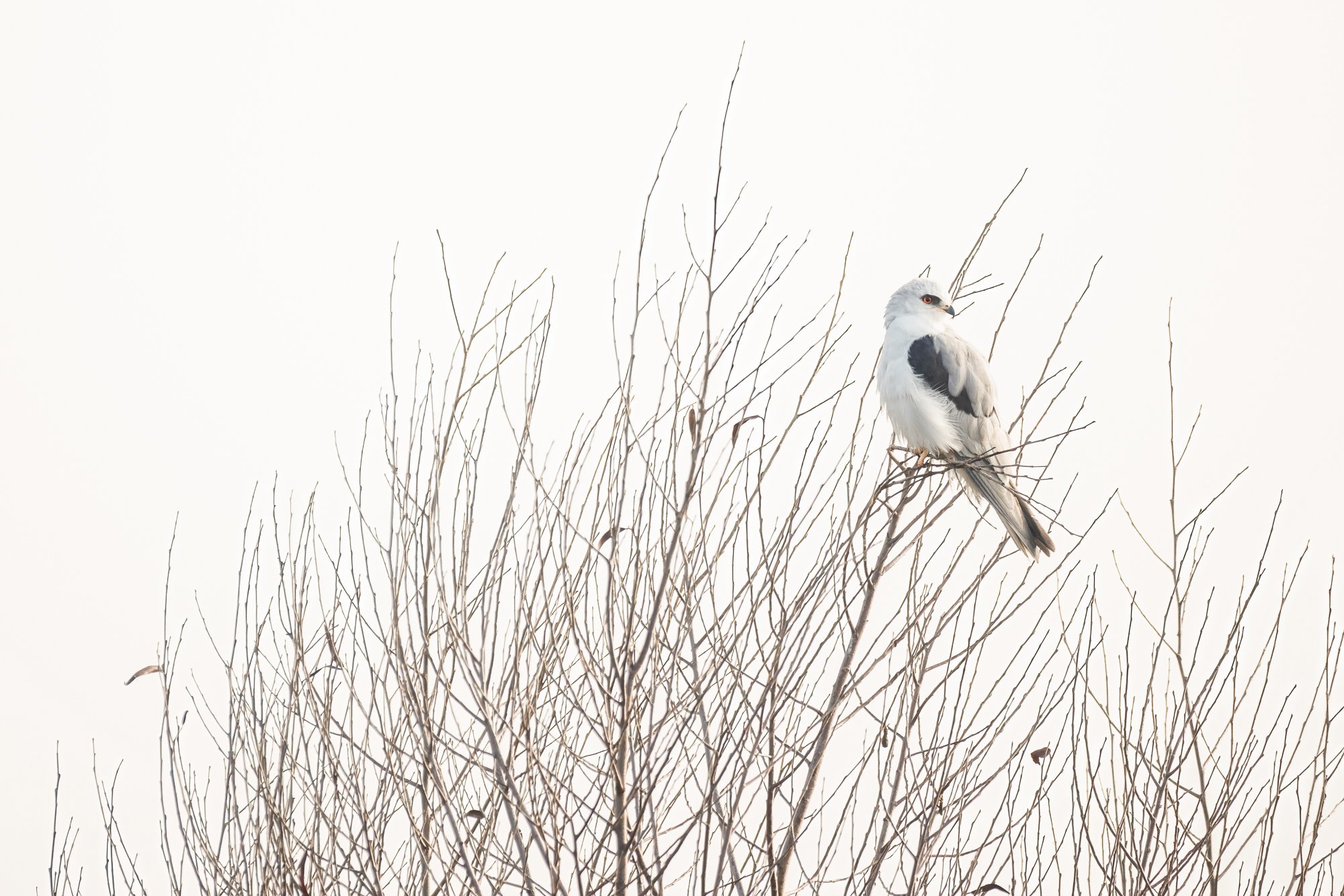
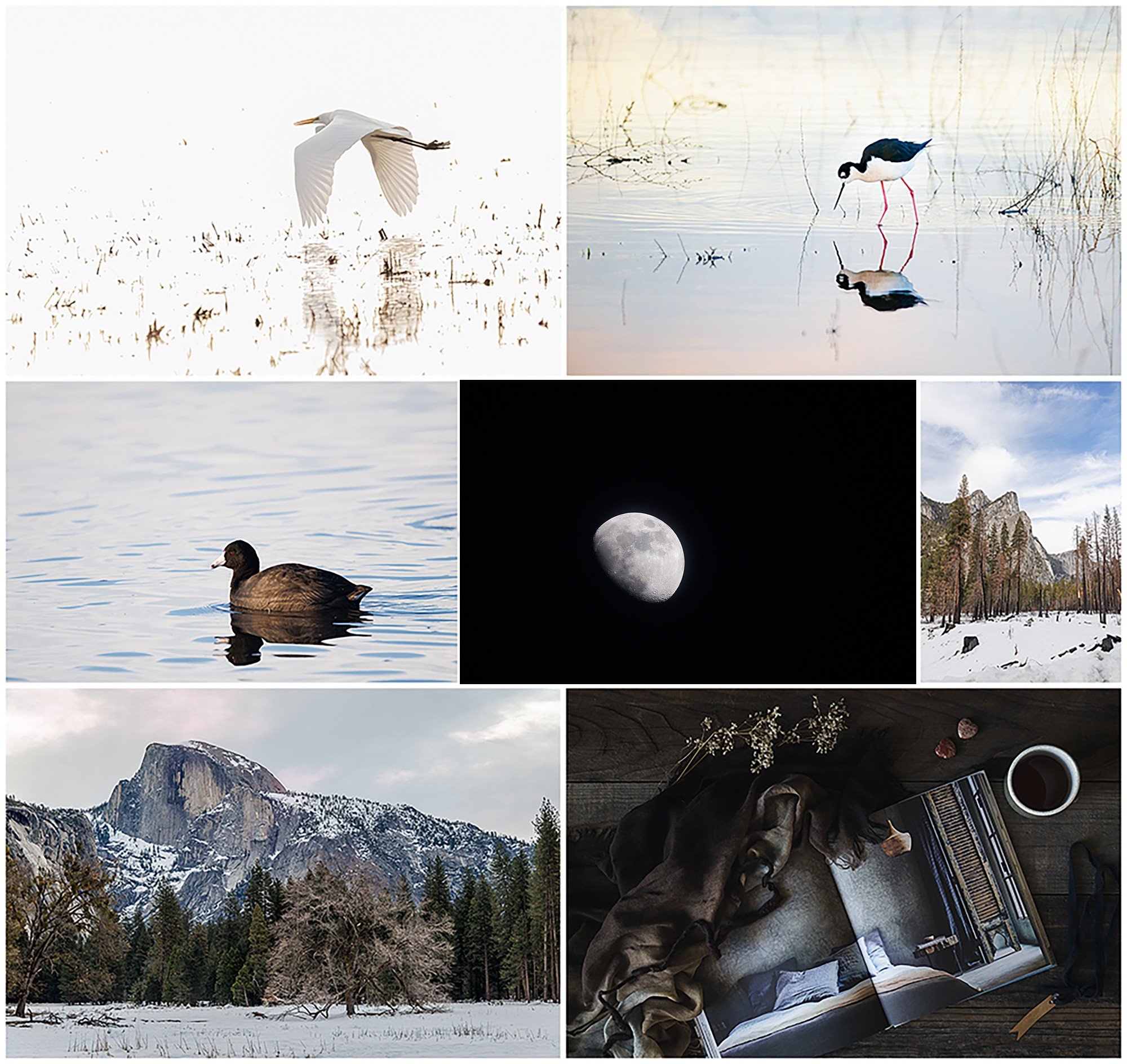







When I learned that the grebes were ‘rushing’, it wasn’t long before some friends and I had a plan to photograph them. Just a couple of hours away from where I live, there were foxes in the area to photograph as well.